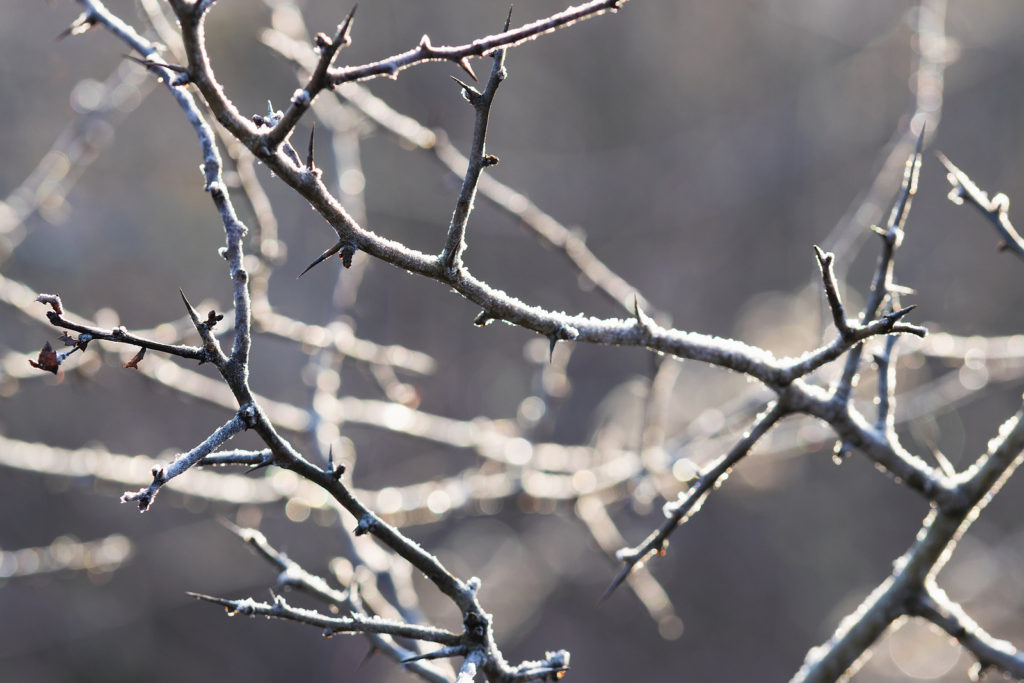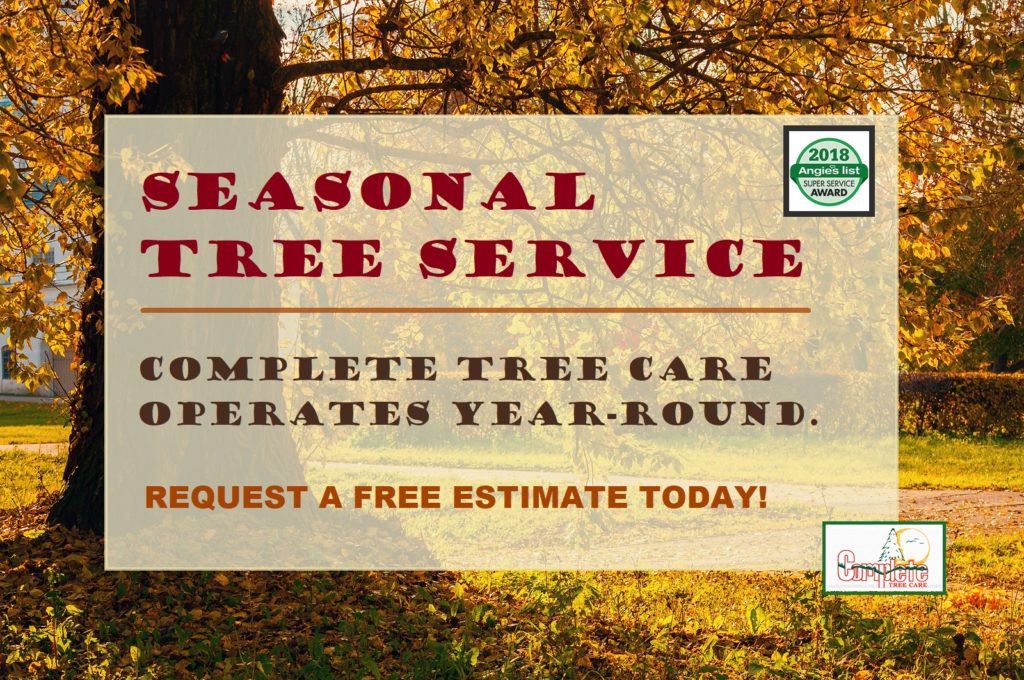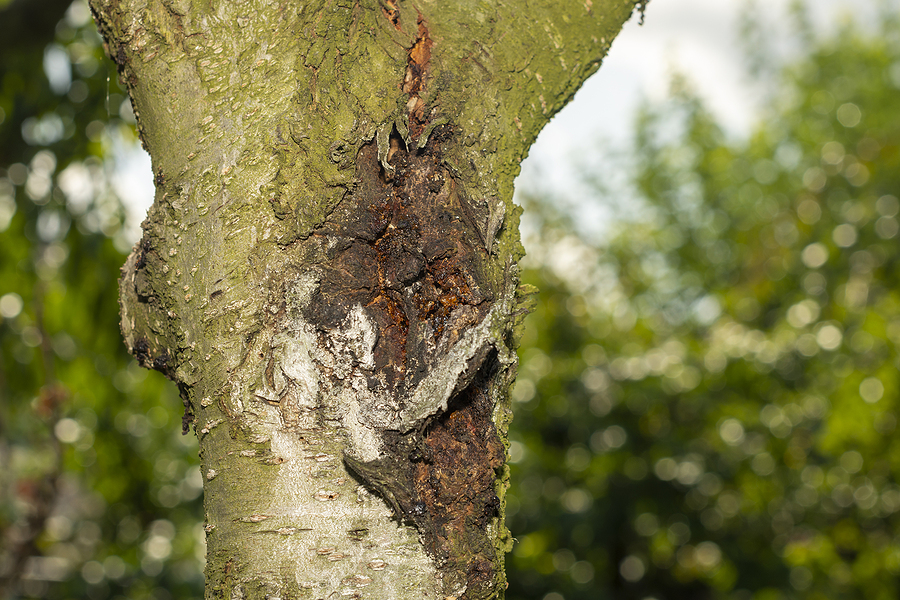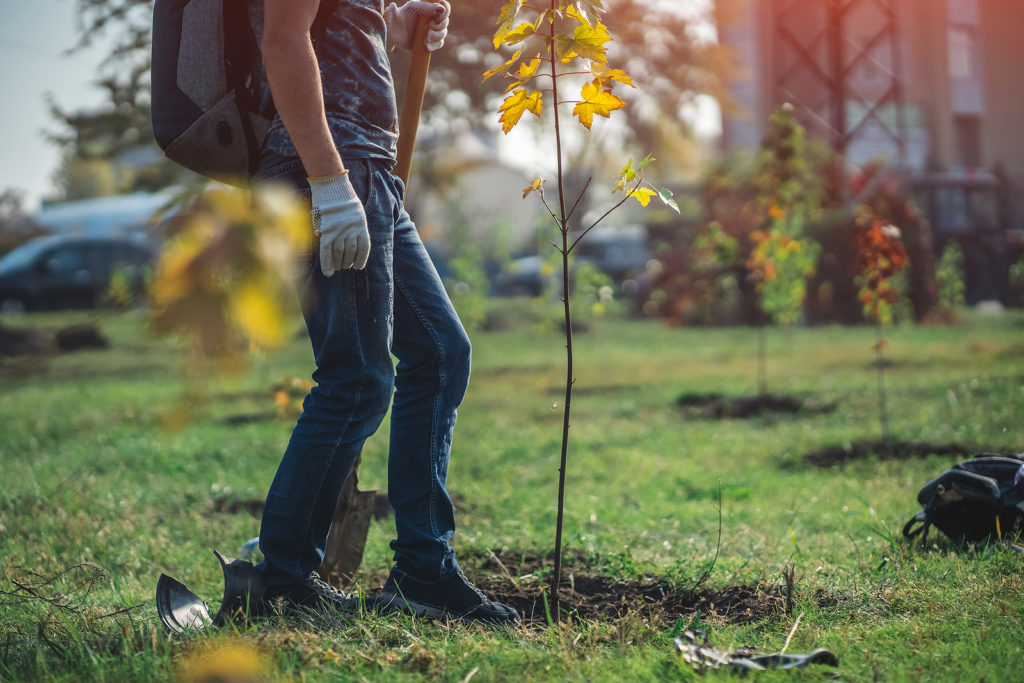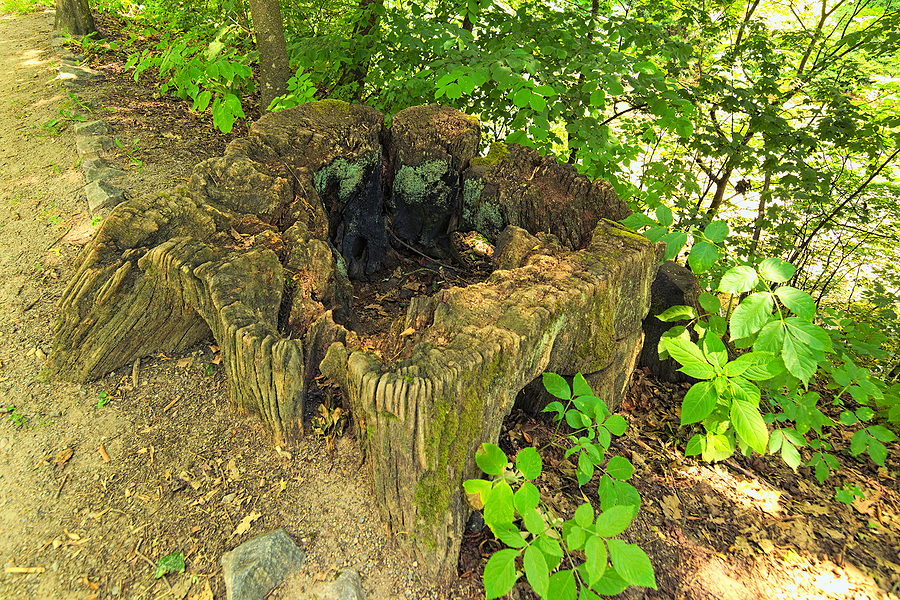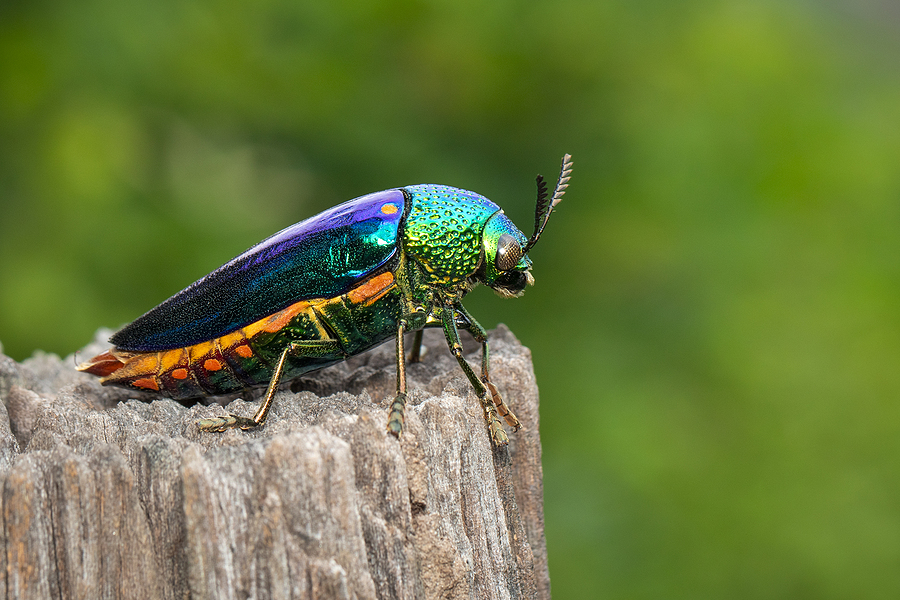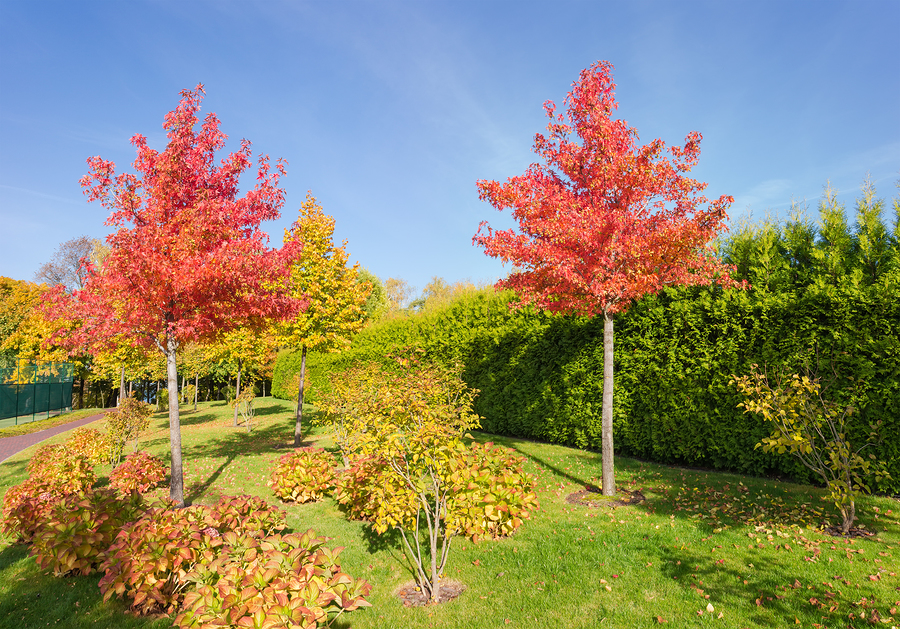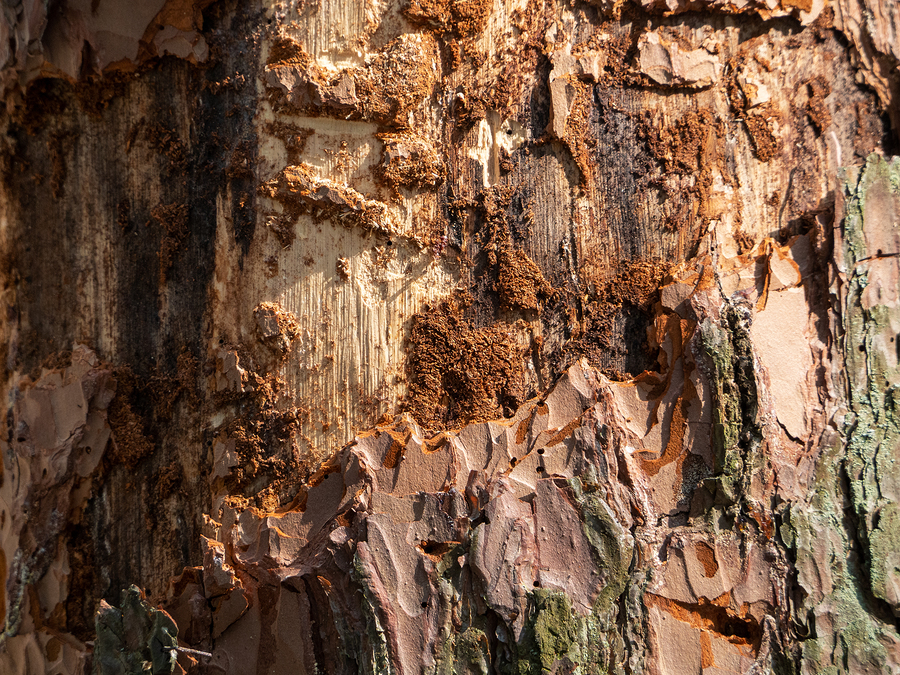Especially during the wintertime, it can be tough determining if a tree is dead, alive, or simply dormant for the season. This time of year, however, trees have not reached their dormancy yet, so it can be a little easier spotting a tree in trouble. Continue reading to learn how to tell the difference between a dead tree and a healthy tree, and what to do if your tree is indeed, dead.
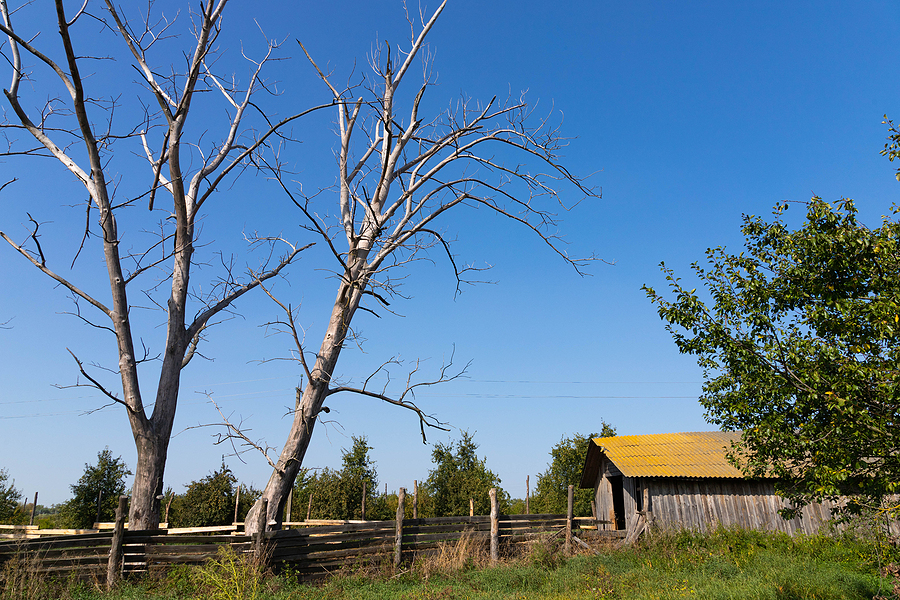
Small Dead Trees
For trees that are small or short, you are likely able to reach their twigs and branches. This makes it easy to test the tree and determine whether or not it is dead or alive. Simply snap off a twig and take a look at its fleshy center for signs of life. Healthy flesh will look light and green, whereas dead or dying/will look dull and gray. Also, a dead or dying tree branch will snap off dry and quick, whereas a healthy twig might give you a bit of a struggle. Small trees are easy to manage, but when trees are very large or tall it can be difficult testing branches on your own if you can’t reach them. For this reason, you need professional Indianapolis tree service.
Large Trees That are Dead or Dying
Professional tree service companies retain the proper training, experience, and specialized equipment to care for large trees safely and efficiently. They will be able to implement the proper procedures to test the tree for life, as well as suggest and implement strategies for either saving or removing the tree. Of course, they also retain the proper resources to provide safe tree removal and tree care services. If the trees that are dying, it usually needs to be removed right away to prevent accidents.
Before you contact a professional tree service company, you can look for signs of a dead or dying tree. Having this information and relaying it to your professional tree technician will help them better understand your tree care needs.
Signs of a Dead Tree:
► Loss of Foliage
► Leaf Discoloration
► Leaf Curling
► Leaf Wilting
► Pest Infestations
► Tree Trunk Rot
► Waterlogged Roots
► Exposed Roots
► Bark Discoloration
► Fungus Growth
► Dropping Branches
Dead Tree Removal Service in Indianapolis and Surrounding Counties
Call Complete Tree Care at 317-783-2518 to get professional tree removal for dead trees in Indianapolis, Indiana. We have served Hoosier communities since 1978 as a licensed and insured tree service company here in Indianapolis, and continue to provide top quality tree services for both residential and commercial properties throughout its surrounding areas. if you have a tree emergency after regular business hours, we offer two separate after-hours phone lines! Contact us to request an estimate, anytime.


